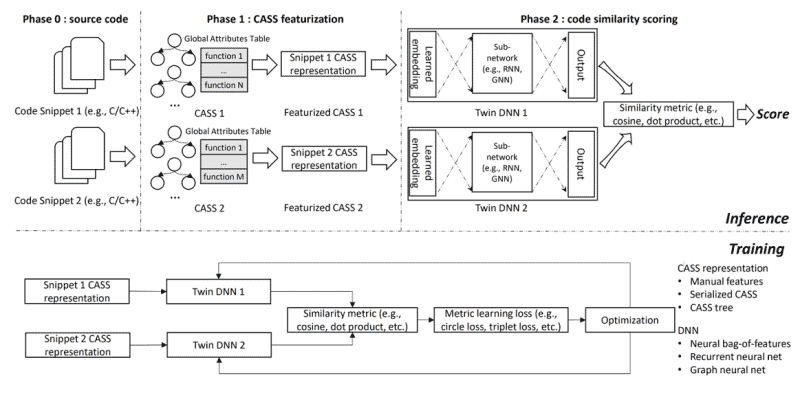Intel, together with researchers from MIT and the Georgia Institute of Technology, created an AI engine that can determine the purpose of a line of code. This is an important step in the development of an AI tool capable of developing applications on its own.
Last year, Intel assembled a research team to investigate the possibilities for machine programming, a concept whereby the AI itself writes code for application development. A fundamental challenge is that when an AI writes code based on a user’s description, it must first understand precisely what the user is asking for. In other words, what is the code’s purpose?
Machine Inferred Code Similarity (MISIM) analyzes lines of code to determine the purpose. Suppose two developers write two different codes. MISIM can analyze and conclude the written codes in the end mean the same thing, regardless of the structures and algorithms used. According to the researchers, MISIM is up to 40.6 times more accurate than previous code comparison systems. The research team tested the AI engine on 45.780 different applications.
Context-aware semantic structure
The reason for this improved accuracy is a new technology called context-aware semantic structure (CASS). CASS explores the purpose of the source code by using AI and machine learning algorithms to assign scores to the codes. If two pieces of code look different but have the same function, they get the same score. CASS can also rate code without using a compiler, a tool that translates source code into machine code.

Tool for developers
Intel has already figured out a few ways to use this new technology. MISIM can evaluate code in real-time. Intel wants to use this feature to give developers recommendations during programming. MISIM can also be used to detect bugs by comparing two similar pieces of code. Should the developer’s code deviate significantly, this may point to an error.
